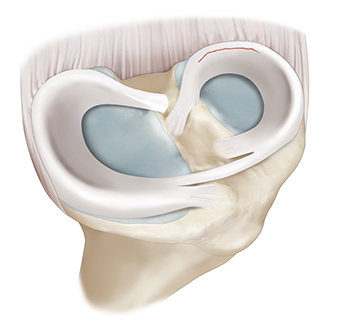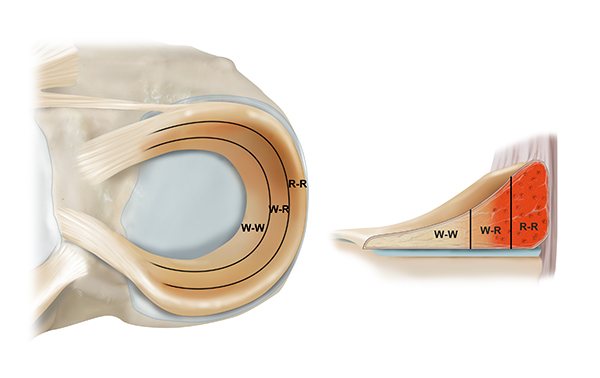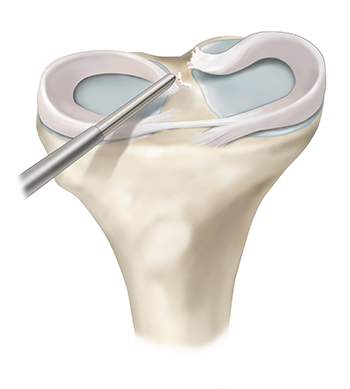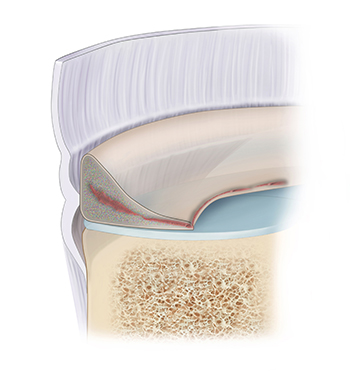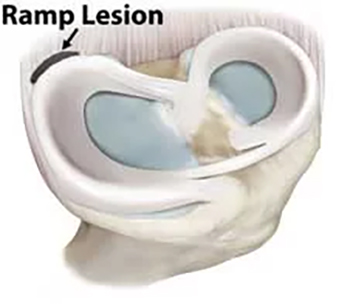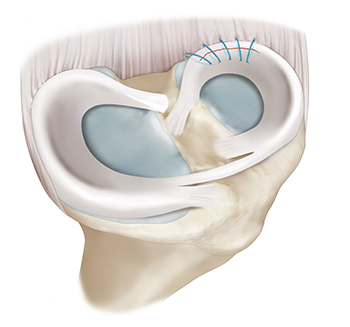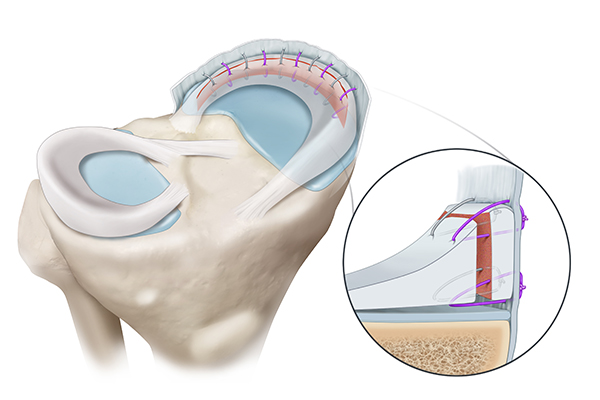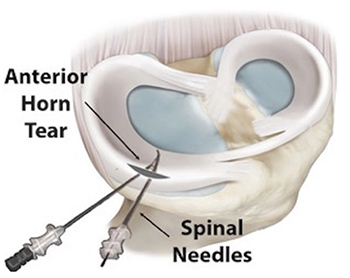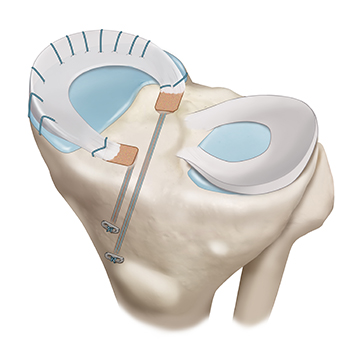Some people live active lives, never knowing they have a meniscus tear and don’t have any knee pain. Depending on the type and severity of the meniscus tear, meniscus tears can be treated without surgery. For patients who are candidates for conservative treatment, the focus of care will be on reducing pain, swelling, and inflammation, while also improving overall stability and function of the knee.
Initially following the injury, it’s essential to rest the knee and avoid activities that worsen the pain.
Oral anti-inflammatory and pain-relieving medications, such as Meloxicam, Naproxen, Advil, or Ibuprofen, may help to manage the pain and reduce inflammation of the knee following a meniscus injury. Applying ice packs and compression to the knee can also help reduce swelling and inflammation. Remember to use a cloth or towel between the ice pack and your skin to avoid frostbite.
A structured physical therapy program can be beneficial for strengthening the muscles around the knee and improving overall joint function. A physical therapist can guide you through exercises that focus on the quadriceps, hamstrings, and calf muscles to provide this additional support to the knee. It is important to complete any home exercises that your physical therapist provides to you in order to optimize your recovery.


